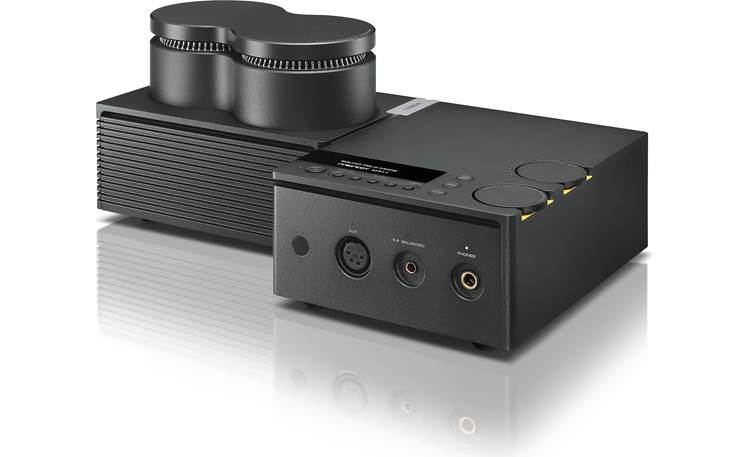Go for ergonomics and appearance. I have Geshelli Archel 2.5 which is super transparent and the Sony TA-ZH1ES which doesn’t measure well, but the actual to-your-ears difference is small and I really like the ergonomics of the Sony.appreciate everyones advice! it's tough to know where to spend and where to not spend....i am in the middle of auditioning 6 amps with my Utopia 2022's. there are DEF differences but nowhere near how big i thought there would be. And definitely not 7-9k worth of value. still fun to test everything out though!
If you live in the U.S., consider drop shipping the next headphone amp you try to him to measure. I am really curious about the Yamaha. It will sound different because they have exotic DSP modes like:


